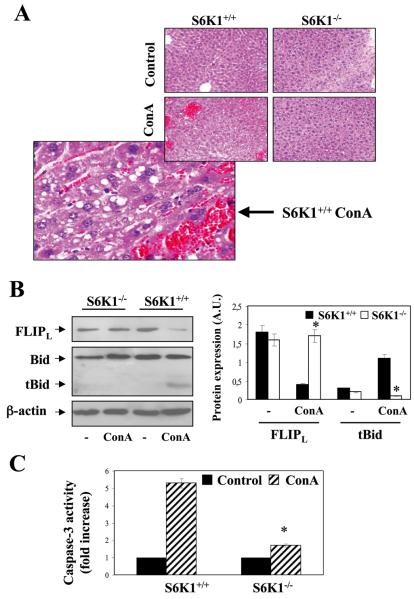Figure 5. Deletion of S6K1 protects against ConA-induced liver failure.
A. S6K1+/+ and S6K1−/− adult mice were injected with ConA or with PBS. After 8 h, livers were removed and fixed. Paraffin sections of liver tissue were stained with haematoxylin and eosin. B. Liver extracts from S6K1+/+ and S6K1−/− adult mice injected with Con A or with PBS were prepared. Total protein (50 μg) was used for western blot analysis with the corresponding antibodies against FLIP and Bid. The anti-β̣-actin antibody was used as a loading control. A representative experiment is shown. The autoradiograms showing FLIPL levels and Bid cleavage from 4-6 control or ConA-injected mice of each genotype were quantitated by scanning densitometry. Results are expressed as arbitrary units and are means ± SE. Statistical significance was carried out by Student's t test by comparison between wild-type and S6K1−/− mice. *p<0.05 was considered significant. C. Caspase-3 enzymatic activitiy was measured in liver extracts analyzed in B. Results are expressed as fold increase of enzymatic activity compared to the S6K1+/+ condition, which was arbitrary assigned a value of 1, and are means ± SE from 3-4 liver extracts of each genotype. Statistical significance was determined by Student's t test comparing the S6K1−/− condition with the respective values for wild-type controls. *p<0.05 was considered significant.

